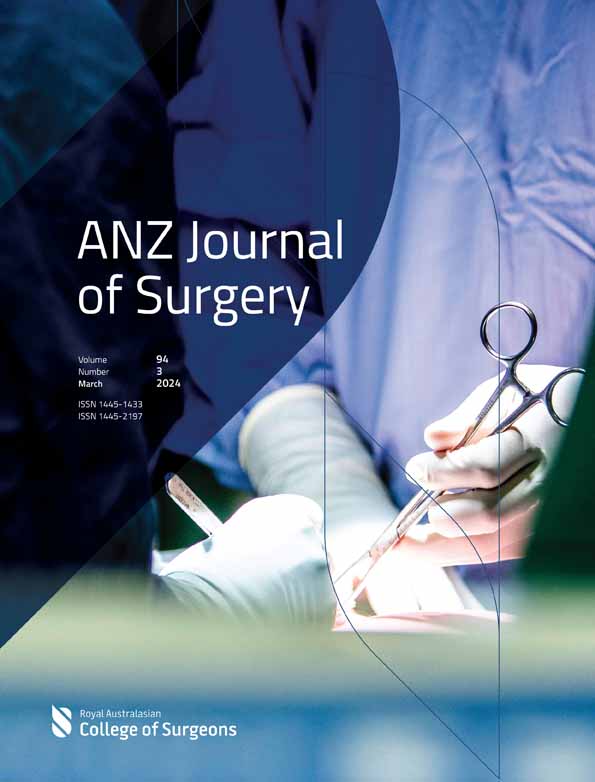Reconstruction of plantar foot defects with free super-thin anterolateral thigh flap
Abstract
Backgrounds
In the repair of plantar foot defects, it is important that the reconstructed area is compatible with surrounding tissue while weight-bearing ability continues. In our study, we present long-term results of plantar foot reconstruction with super-thin ALT flaps in patients that required reconstruction with free tissue transfer.
Methods
We evaluated 11 patients with plantar foot defects that underwent reconstruction with a super-thin ALT flap. Patients were evaluated for postoperative ulceration, ability to wear normal shoes, time to return to work/school, LEFS score and satisfaction with aesthetic results.
Results
No bone defects were observed in the patients included in our study, except for the phalanges and distal metatarsals. Defects with soft tissue loss were reconstructed. The mean flap thickness was 4.9 mm (range 3–6 mm). Follow-up period ranged from 16 to 59 months. One patient required grafting for partial flap necrosis and recovered totally. Another patient required debulking surgery. Two patients had superficial ulceration postoperatively, which responded well to conservative therapy. The mean VAS score for cosmetic satisfaction was 8 of 10 (range, 6–9). Eight patients were satisfied with the flap contour, while three others were fairly satisfied. Mean time to return to work/school after surgery was 2.5 months. The preoperative LEFS score increased from 32.03 ± 15.2 to 58.7 ± 10.6 in the postoperative period, this difference was statistically significant (P<0.01).
Conclusion
We consider that the advantageous features of super-thin ALT flaps such as proper tightening, reduced postoperative atrophy, and better contouring features make these flaps suitable for plantar foot defects.
Conflicts of interest
None declared.




